What is the tolerance range of precision screws?
What is the tolerance range of precision screws?
Service Hotline
+86760-8787 8587We have more than ten years of production experience in the screw industry. The main products are: DIN985 nylon locknut, IFI117 rivet, national standard hexagonal fine pitch flange nut, square nut square nut, screw screw link nut, B-class equal-length double head bolts, shoulder screws, bearing clip washers, heightened fine pitch hexagon nuts, 2-type u-bolts, cross-three combination round head set bolts and nuts, single-ear stop washers, flat knurled rivet nuts, extra thick nuts, Fasteners such as extra-long and extra-long hexagon socket screws have different prices due to different product materials and specifications. Please contact us if you need them.


In recent years, more fasteners have been used in rivet nuts, which have replaced some existing welding methods to a certain extent. Rivet nuts are a way to join some difficult-to-weld equipment and other components. The use of rivet nuts requires rivet nut equipment (manual rivet nut equipment, etc.). Matters needing attention before using manual rivet nut equipment. 1. First, make sure the nozzle screws are properly assembled. According to the size of the rivet nut, select the appropriate equipment and rivet bolt. Every connecting part is not secure. 2. Confirm the deformation length or displacement of the rivet nut, and then leverage the long angle. 3. The scale ring of the rivet nut equipment is used to adjust the rivet stroke, which can be adjusted freely as needed. When adjusting the length of the rivet bolt, open the two handles and adjust the device head sleeve. The rivet bolts are exposed for a length slightly greater than the length of the rivet nut, which will eventually adjust the nut and device sleeve.
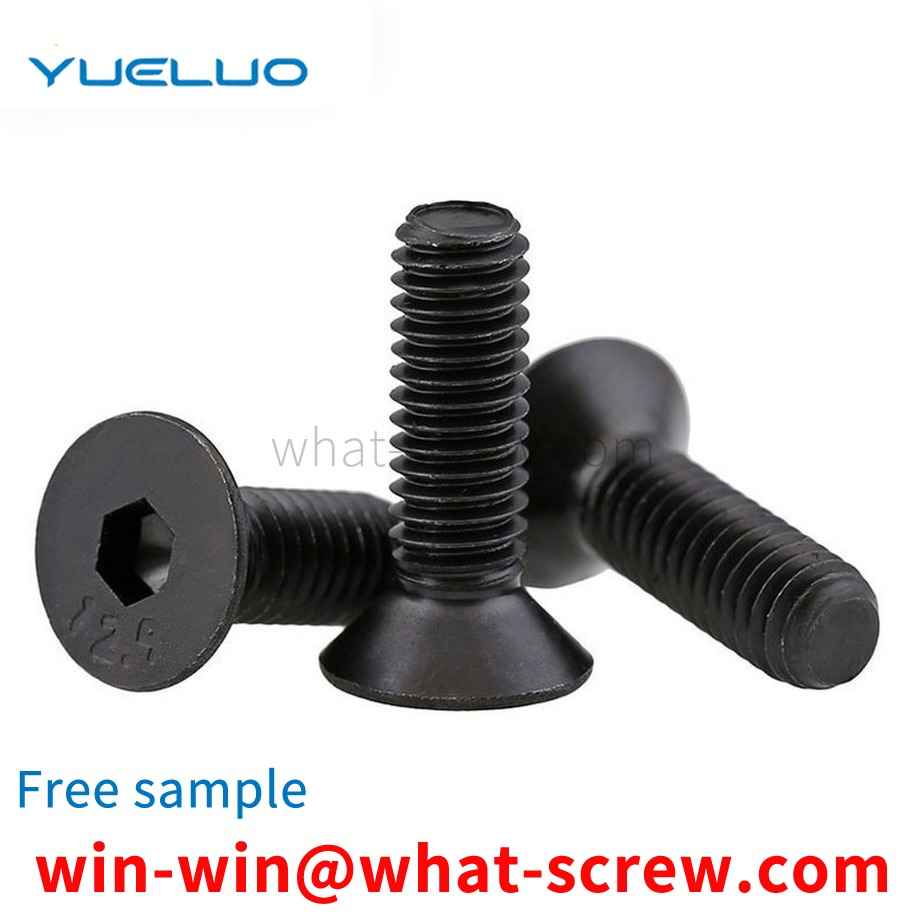
Blind rivets are a type of rivets for single-sided riveting, but they must be riveted with a special tool - a rivet gun (manual, electric, pneumatic). This type of rivet is especially suitable for riveting occasions where it is inconvenient to use ordinary rivets (which must be riveted from both sides), so it is widely used in construction, automobiles, ships, aircraft, machinery, electrical appliances, furniture and other products. Among them, the open type oblate head blind rivets are the most widely used, the countersunk head blind rivets are suitable for riveting occasions that require smooth performance, and the closed blind rivets are suitable for riveting occasions that require higher load and certain sealing performance.
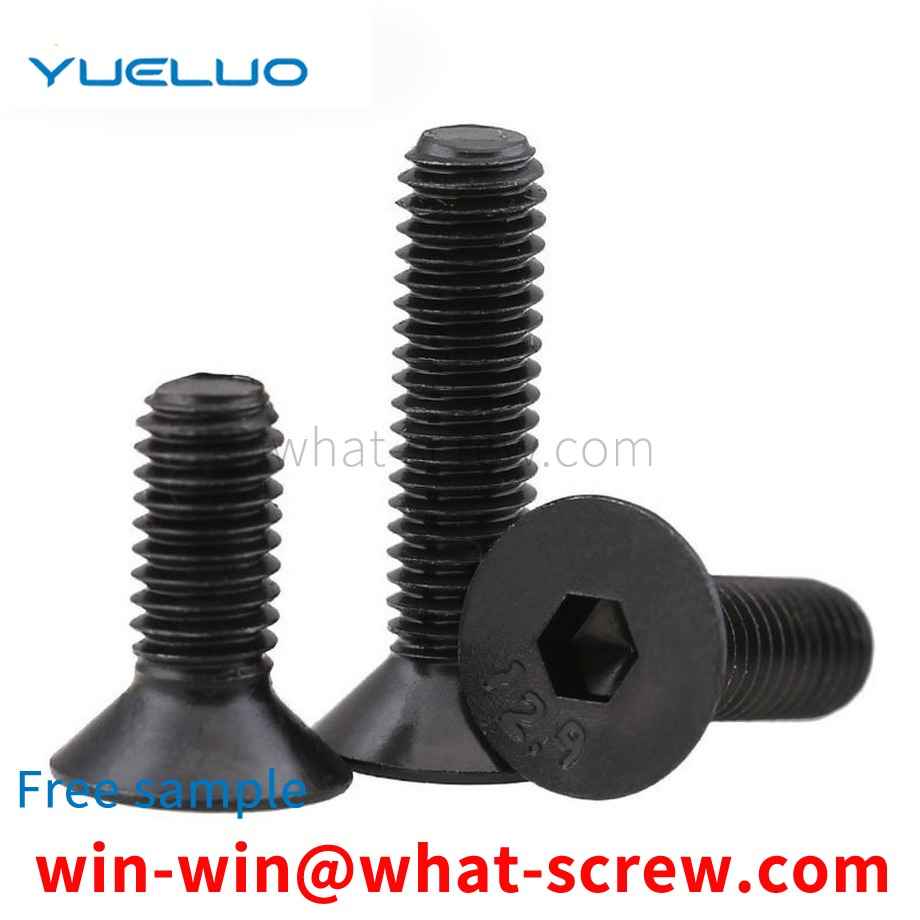
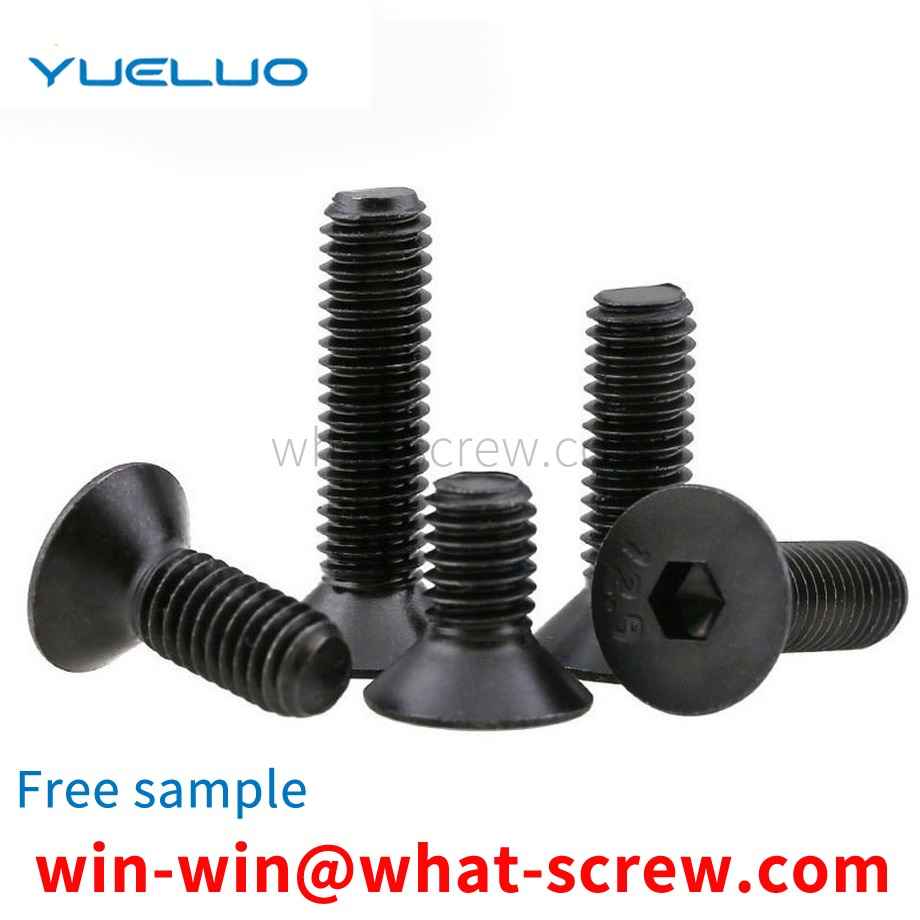
Half round head rivets are mainly used for riveting occasions with large lateral loads, and are the most widely used. Flat cone head rivets are often used in riveting occasions with strong corrosion such as ship hulls, boiler water tanks, etc. Countersunk head and 1200 countersunk head rivets are mainly used for riveting occasions where the surface must be smooth and the load is not large. Half countersunk head and 1200 half countersunk head rivets are mainly used for riveting occasions where the surface must be smooth and the load is not large. Flat head rivets are used for riveting occasions with general load. Flat head and flat head rivets are mainly used for riveting of metal sheets or non-metallic materials such as leather, canvas and wood. Large flat head rivets are mainly used for riveting of non-metallic materials. Semi-hollow rivets are mainly used for riveting occasions with small loads. Headless rivets are mainly used for riveting of non-metallic materials. Hollow rivets are light in weight and weak in head, and are used for riveting of non-metallic materials with small loads. Tubular rivets are used for riveting of non-metallic materials without load. Nameplate rivets are mainly used for riveting nameplates on machines and equipment.
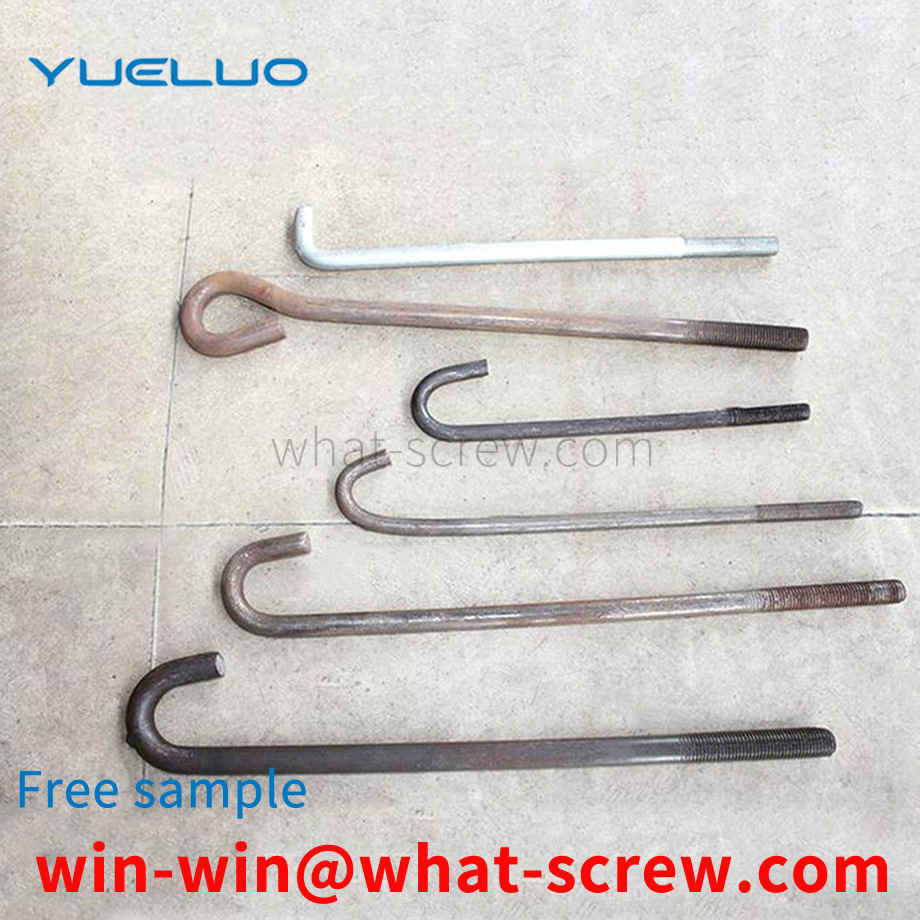
Blind rivets are a type of rivets for single-sided riveting, but they must be riveted with a special tool - a rivet gun (manual, electric, pneumatic). This type of rivet is especially suitable for riveting occasions where it is inconvenient to use ordinary rivets (which must be riveted from both sides), so it is widely used in construction, automobiles, ships, aircraft, machinery, electrical appliances, furniture and other products. Among them, the open type oblate head blind rivets are the most widely used, the countersunk head blind rivets are suitable for riveting occasions that require smooth performance, and the closed blind rivets are suitable for riveting occasions that require higher load and certain sealing performance.
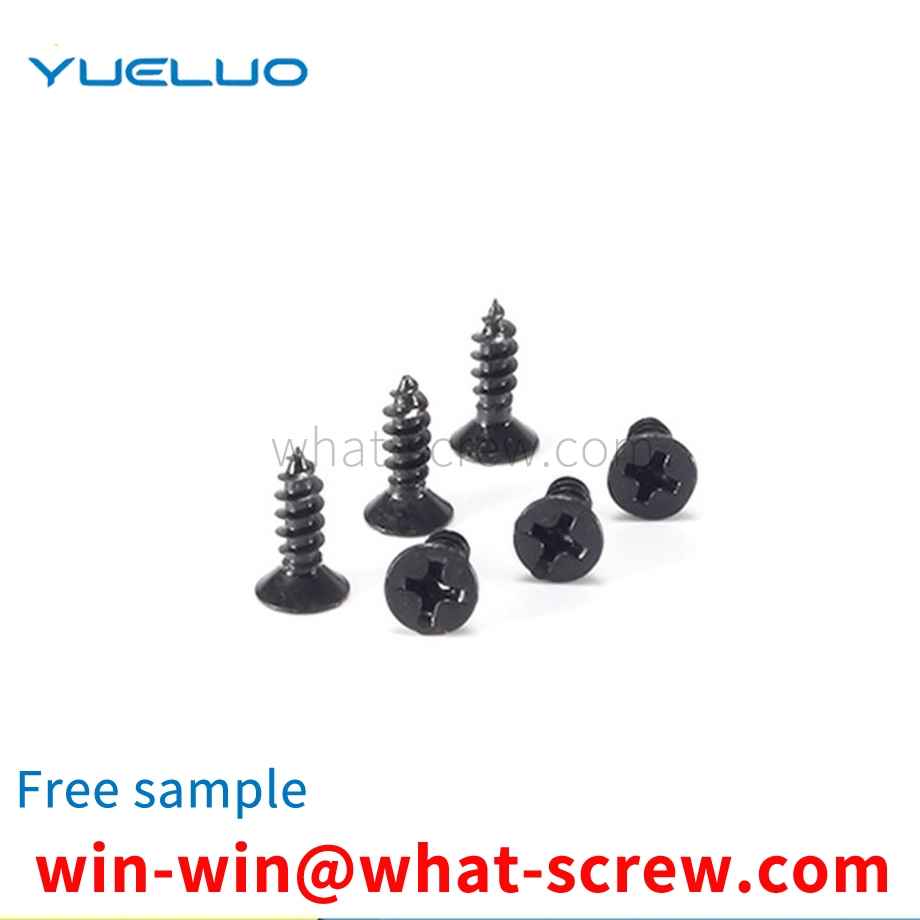
The above content is uploaded by Yueluo or the Internet. If there is any copyright issue, please contact [email protected].

What is the tolerance range of precision screws?

How to choose the right stainless steel screw manufacturer?

Why is there an R angle under the head of the hexagon head s...

We have more than ten years of production experience in the ...

We have more than ten years of experience in the production ...

We have more than ten years of experience in the production ...

We have more than ten years of experience in screw industry ...